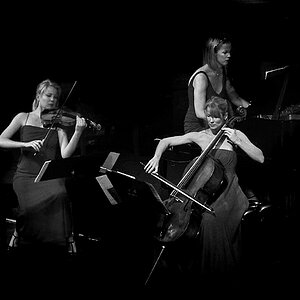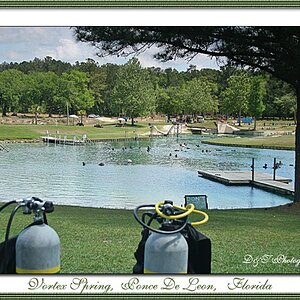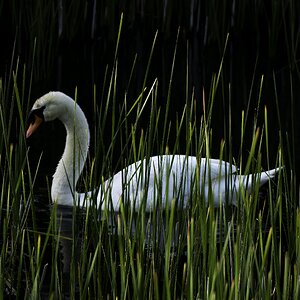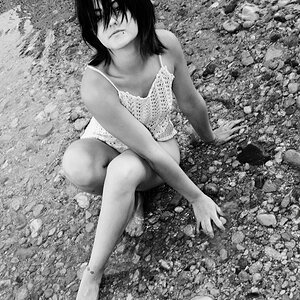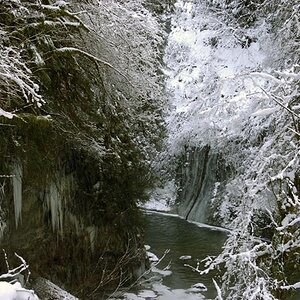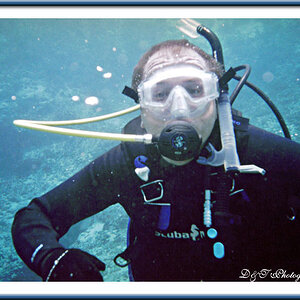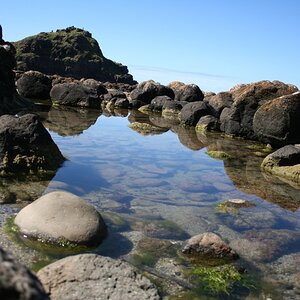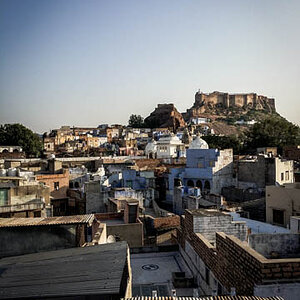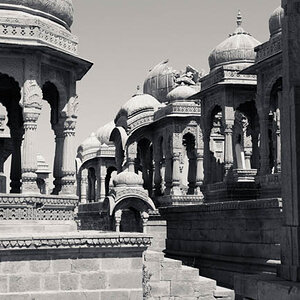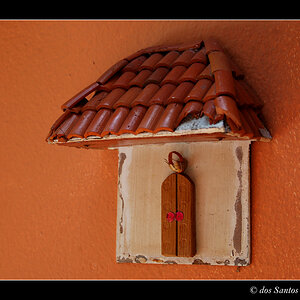ordo
TPF Noob!
- Joined
- Jan 22, 2009
- Messages
- 17
- Reaction score
- 0
- Can others edit my Photos
- Photos NOT OK to edit
(I repost this thread here cause in beginners I had no answers.)
Can you give me some advice to make good photographs of oil paintings? I have a collection of 20 paintings (from 20 x 20 cm. to 150 x 200 cm.) that I need to photograph, but cant find the proper illumination.
I have a Mamiya 7 (65 mm. and 150 mm. lenses), Sekonic L-508 photometer, Manfroto tripod (and a Canon PS).
Thanks in advance.
Can you give me some advice to make good photographs of oil paintings? I have a collection of 20 paintings (from 20 x 20 cm. to 150 x 200 cm.) that I need to photograph, but cant find the proper illumination.
I have a Mamiya 7 (65 mm. and 150 mm. lenses), Sekonic L-508 photometer, Manfroto tripod (and a Canon PS).
Thanks in advance.





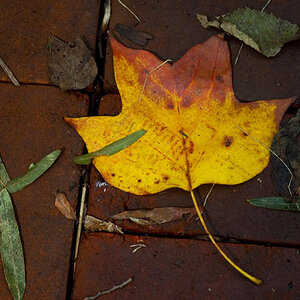
![[No title]](/data/xfmg/thumbnail/31/31755-9bffabfa76f6307bcd78f535b2421cb5.jpg?1619734993)
